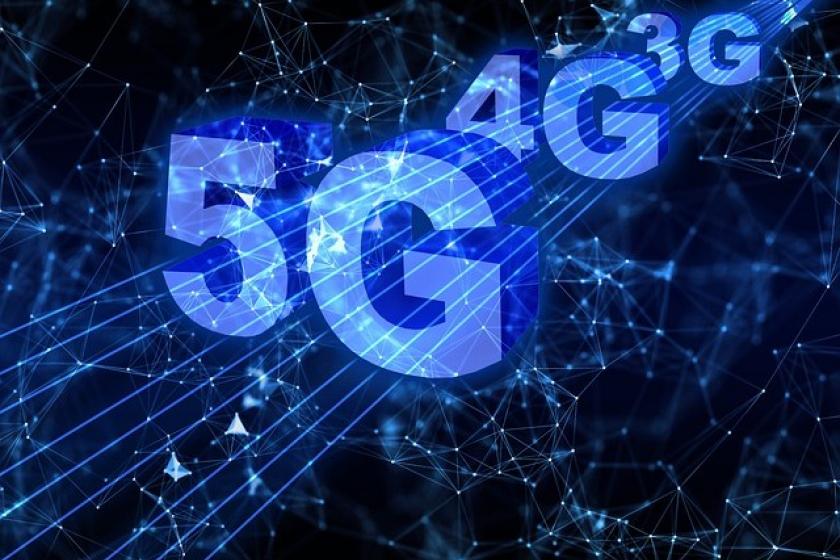Get Moving: 3G Sunsetting Deadline is Rapidly ApproachingGet Moving: 3G Sunsetting Deadline is Rapidly Approaching
What makes 3G sunsetting so potentially disruptive is that 3G has been used for nearly 20 years. For a generation of users and applications, it has been the service of choice.
December 7, 2021

In 2022, telecom carriers will stop providing 3G services in order to use the bandwidth and resources to expand the deployment of their 4G LTE and 5G services. Dubbed 3G sunsetting, the service shutoff will impact a wide variety of devices used in a wide range of applications, including health and medical monitoring, home security, fleet management and tracking, vehicle SOS services, and handheld devices used for scanning and asset management at construction sites or in warehouses and factories. There are also a bevy of ruggedized industry-specific 3G tablets in daily use, and many devices that need 3G connectivity as a backup when a wired internet connection goes down.
The only thing these applications have in common is that the devices leverage 3G services to intermittently transmit a relatively small amount of data. Many of the applications represent some of the earliest implementations of IoT. The scope of the issue cannot be understated. Last year, 12% of all mobile connections in North America were still using 3G.
A long history of use
The sunsetting of a service is not unusual. As the FFC noted: “some mobile carriers shut down their 2G networks when they upgraded their networks to support 4G services.”
What makes 3G sunsetting so potentially disruptive is that 3G has been used for nearly 20 years, and for a generation of users and applications, it has been the service of choice. A construction company might have been using the same handheld inventory scanners for ages to check-in pallets of materials as they arrive. The same can be said for fleet management or health monitoring apps.
Each of the major carriers has its own timeline for 3G sunsetting. Plans and timing to phase out 3G services will vary by company and may change. Timelines submitted by the carriers include:
AT&T announced that it will finish shutting down its 3G network by February 2022.
Verizon announced that it will finish shutting down its 3G network by December 31, 2022.
T-Mobile announced that it will finish shutting down Sprint's 3G CDMA network by March 31, 2022, and Sprint's 4G LTE network by June 30, 2022. It also announced it will shut down T-Mobile's 3G UMTS network by July 1, 2022, but has not yet announced a shutdown date for its 2G network.
Challenges when undertaking the transition
As with any massive equipment replacement undertaking, the sooner a company gets started, the better.
The obvious first step is to assess the situation and determine which devices are operating on 3G networks and which provider’s network. Unfortunately, 3G’s longevity means there may be very little knowledge as to what specific units use which services. Many 3G devices were sold not by the carrier, which certainly would know what devices are using its services. Many devices are sold by third parties that bundled a service with the device.
It is the equivalent of a company buying hundreds of iPhones from, say, AT&T, versus buying phones from Apple directly and letting users select the service they want. In one case, you know the provider. In the other case, you need to do a little more work to identify the service provider.
Once the devices and their service providers are identified, there are many issues to address.
“You have to consider downtime. Equipment must be taken off the road and out of service,” said Andrew Rossington, Chief Product Officer at Teletrac Navman. That is obviously not a good thing in applications like fleet management, construction projects, and factory operations.
"There are fewer people to do the replacement work," he said. With the current employment situation, the so-called "Great Resignation," organizations find that many skilled people are leaving their jobs, and it is harder to fill them.
“There is the supply chain issue,” Rossington said. “Products are scarce.” The chipsets needed in industrial connected 4G and 5G devices are the same as those used in 4G and 5G mobile phones.
Consequences of delays
Many 3G devices are used to provide location awareness. That is certainly the case in fleet management applications, but also in many health monitoring systems. Additionally, many inventory management solutions that use a handheld 3G device to scan items as employees walk around a large facility integrate location awareness into the solution.
If a device is not upgraded or replaced and 3G service is shut down, that location information disappears. This can cause safety and efficiency problems. For instance, connected devices are often used in mining safety for collision avoidance applications. Lack of connectivity renders such applications useless.
On top of that, there is the loss of any status data that was being shared via 3G and a loss of access to applications that used 3G services. Information the device was designed to measure and transmit is not available. And many applications are not available. As one industry veteran noted: “If I take your mobile phone out of your hand, what goes away?”
Opportunities out of change
Smart companies that are forced to replace older devices that only use 3G might use the occasion to re-evaluate their offerings. A common idea is to enhance the usefulness of the device by taking advantage of 4G and 5G service capabilities. For example, a firm that offered a 3G device installed on trucks solely to provide location data for fleet management might include real-time video streaming, which 5G could support.
Related articles:
About the Author
You May Also Like




